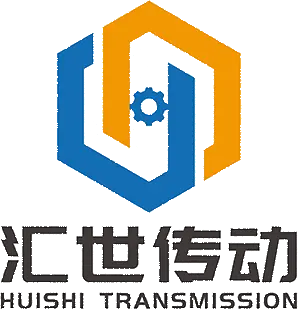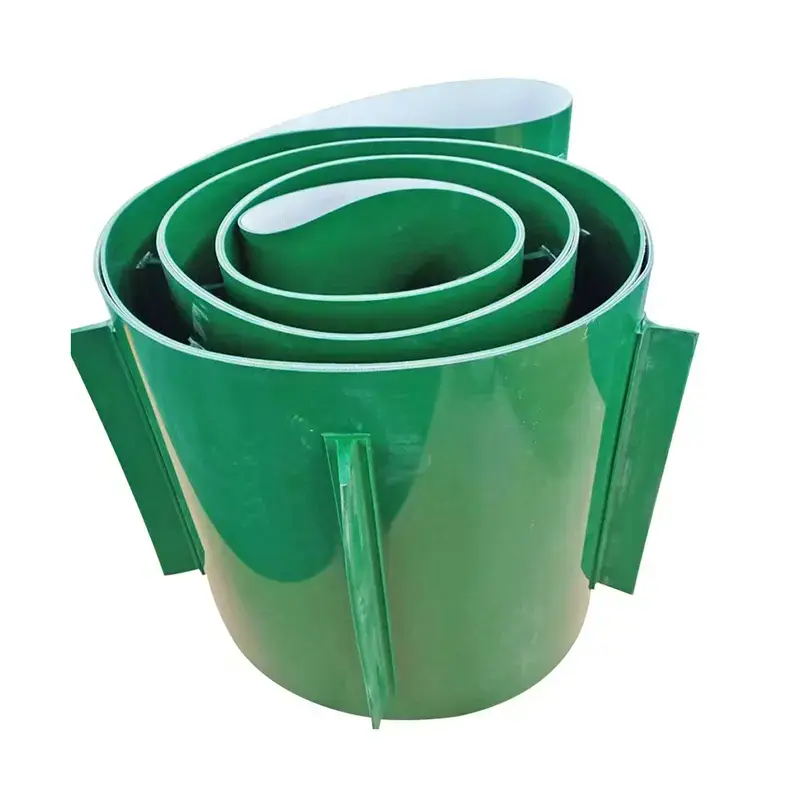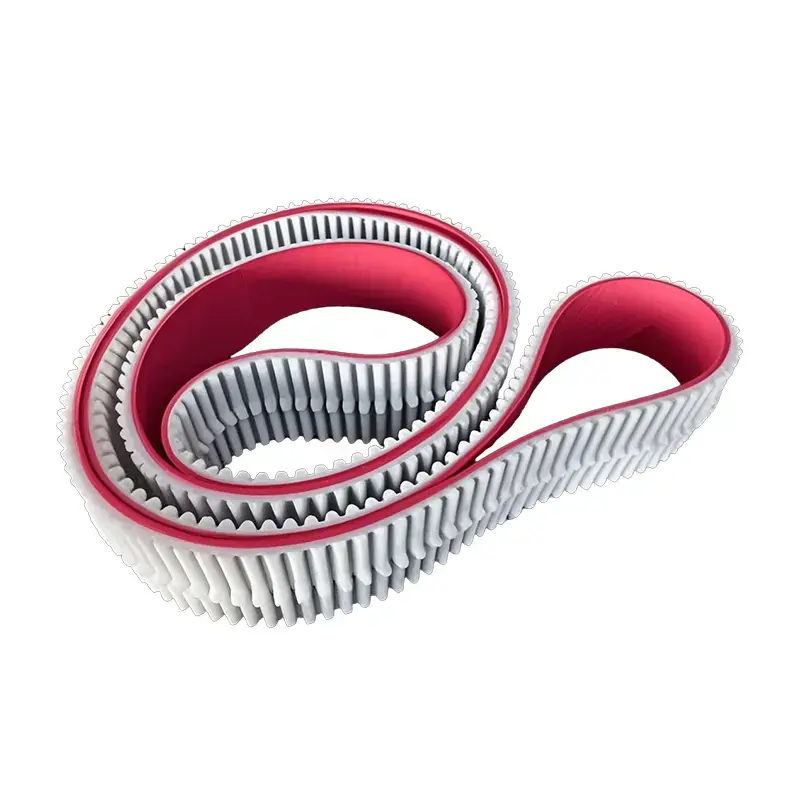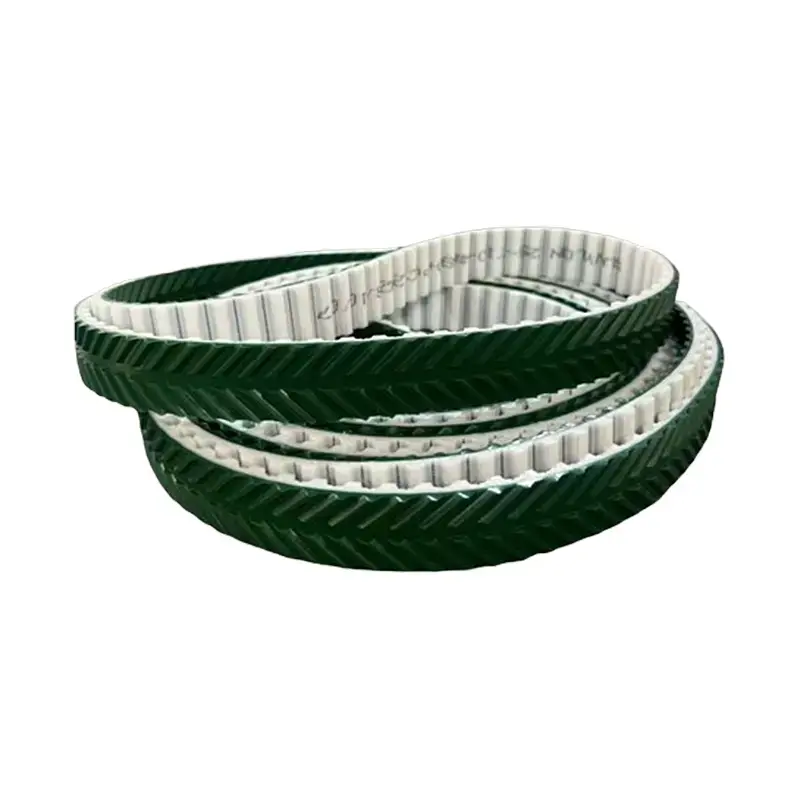 +86-19862000127
+86-19862000127 Elevating Efficiency: Why a Bucket Conveyor System is a Game-Changer for B2B Operations
In the fast-paced world of manufacturing and logistics, efficient material handling is the engine that drives productivity. While traditional conveyor systems have long been a staple, they often fall short when it comes to the delicate, hygienic, or complex transport of bulk materials. This is where the Bucket Conveyor System emerges as a superior solution. Designed for the gentle, multi-directional movement of products, this system is a strategic investment that can transform your operational workflow, ensuring product integrity and enhancing safety.
The Key Advantages of a Bucket Conveyor System
A bucket conveyor system is more than just a piece of equipment; it's a versatile solution that addresses common pain points in material handling. Its unique design offers a host of benefits that directly impact your bottom line.
-
Gentle Product Handling: The system uses individual buckets that prevent the product from being crushed, broken, or contaminated. This is especially critical for fragile goods like cereals, snacks, and fresh produce, ensuring product integrity from start to finish.
-
Versatility in Application: Unlike flat-belt conveyors, bucket systems can handle a wide variety of bulk materials, from powders and granules to finished goods. Their ability to handle different product types with minimal adjustments makes them an incredibly flexible asset.
-
Hygienic and Easy to Clean: Many systems are designed with sanitation in mind, featuring smooth surfaces, self-cleaning mechanisms, and easy-to-access parts. This makes them ideal for food and pharmaceutical industries where strict hygiene standards are non-negotiable.
-
Flexible Layout and Multi-Directional Transport: A bucket conveyor system can move materials both vertically and horizontally, and can be configured to change direction with ease. This design flexibility allows for custom layouts that maximize a facility's space and streamline complex production lines.
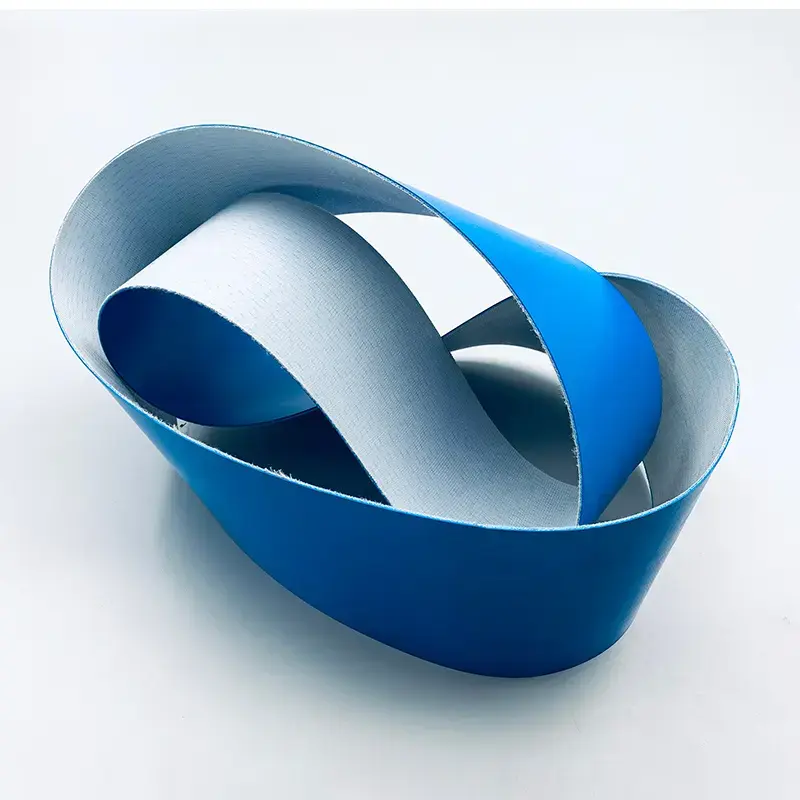
Critical Factors in Choosing the Right System for Your Business
Selecting a bucket conveyor system is a significant investment that should be carefully considered. The right choice depends on a thorough evaluation of your specific operational needs.
-
Material Properties: The type of material you are moving is the primary factor. Consider its bulk density, flow characteristics, fragility, and whether it's abrasive, sticky, or dusty. These properties will determine the bucket material and system design.
-
Required Capacity and Speed: Determine your target throughput in pounds or kilograms per hour. This will help specify the bucket size, number of buckets, and overall system speed needed to meet your production goals efficiently.
-
Space and Layout Constraints: Map out the available space in your facility. The system’s ability to move vertically and around corners makes it ideal for facilities with limited floor space, but the layout must be planned meticulously to avoid bottlenecks.
-
Integration with Existing Equipment: The new system must seamlessly integrate with your existing processing and packaging machinery. A reliable manufacturer will offer custom solutions that connect directly to your hoppers, weighers, and packaging lines.
Conclusion: A Strategic Investment in Operational Excellence
A bucket conveyor system represents a modern approach to material handling that prioritizes product integrity, hygiene, and operational flexibility. By investing in this technology, businesses can mitigate the risks associated with traditional systems, reduce waste, and improve overall productivity. It is a strategic move that not only streamlines your workflow but also builds a foundation for long-term growth and competitiveness in your industry.
Frequently Asked Questions
Q1: What types of materials are best suited for a bucket conveyor system? A1: These systems are ideal for handling a wide range of free-flowing and fragile bulk materials, including snack foods, coffee beans, frozen vegetables, cereals, pet food, and various chemical granules and powders.
Q2: How do bucket conveyor systems handle changes in direction and elevation? A2: The systems use a series of buckets attached to a chain or belt. The buckets remain upright as they travel, allowing them to move horizontally, vertically, and around corners without spilling the product. This design flexibility is one of their key advantages.
Q3: Are these systems difficult to clean and maintain? A3: No, modern bucket conveyor systems are designed for easy cleaning. Many feature tool-free access panels, smooth internal surfaces, and sanitation-friendly materials, making them a top choice for industries with stringent hygiene standards.



